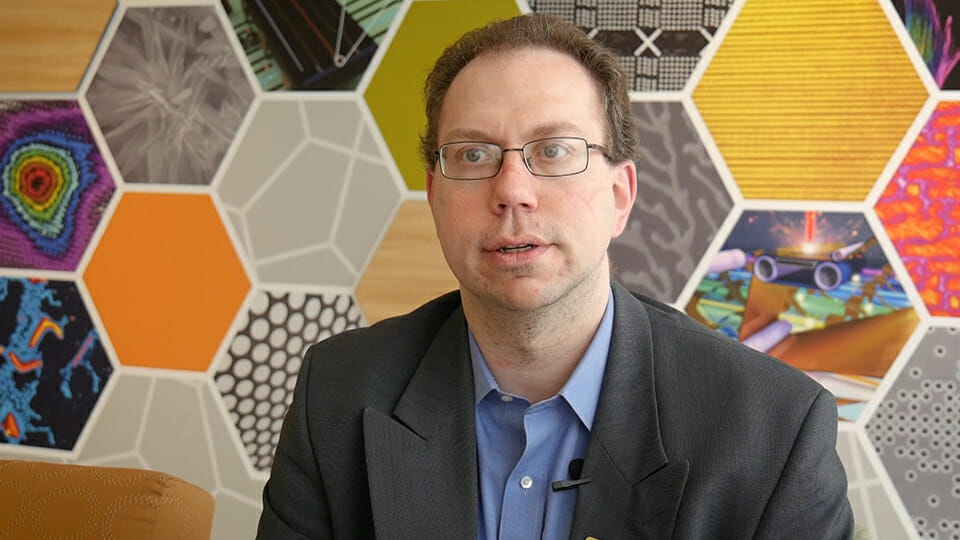Purdue prof talks building microelectronics workforce
Subscriber Benefit
As a subscriber you can listen to articles at work, in the car, or while you work out. Subscribe Now
With the passage of the CHIPS and Science Act that was signed into law in August, the U.S. is moving full steam ahead with growing its semiconductor industry. But Purdue University Professor Peter Bermel says the country needs to consider several factors to become competitive, as well as make concerted efforts to develop the workforce needed to do so.
“It is very challenging in general to keep up with such a demand when the number of students graduating high school, for example, in the U.S. has not really been increasing. If anything, in some states, it’s decreasing,” said Bermel.
Bermel talked about the factors in an interview with the Associated Press.
“The first factor is the cost of production, and if the cost of production is too high, then it’s not possible for the U.S. microelectronics to compete on the global civilian marketplace,” he said. “The second factor is regulation…[which] can become a barrier to producing the items that are demanded. Then the third topic is research and development, and so the U.S. has to provide the most advanced technology possible in order to be able to sell electronics. If they’re too far behind, then very few customers will be interested.”
Bermel says there has been a very large surge in demand for microelectronics. He cites the Semiconductor Industry Association, which estimates 26.2% growth in 2021, which he calls a “phenomenal” growth rate.
He says the first goal to addressing the workforce challenges in semiconductors is to establish a foundational knowledge for students entering the industry.
“Second is to provide them with specific skills and abilities that are directly useful in the workplace such as electrical testing. Then, the third goal is to connect students with potential employers through internships so that they can see what it’s like to be in the industry and also establish a mutual fit between the student and potential employer.”
Purdue this year began positioning itself to be a part of that ecosystem by establishing its Semiconductor Degrees Program for both undergraduate and graduate students.
The university in June announced a partnership with Taiwan-based chip maker MediaTek to establish a chip design center at the Convergence Center for Innovation and Collaboration in Purdue’s Discovery Park District. The center is expected to create 30 jobs.
The following month, Minnesota-based SkyWater Technology (Nasdaq: SKYT) announced its plan to build a $1.8 billion semiconductor R&D and production facility at the Discovery Park District and create 750 jobs over five years.
Bermel says countries around the globe are dealing with the demand for semiconductors in different ways with some increasing the number of STEM graduates while others are effectively cutting back on their use of semiconductors.
“I believe that the U.S. would not want to pursue that strategy but instead provide all the semiconductors that are demanded for all the new applications that people are coming up with,” said Bermel.
